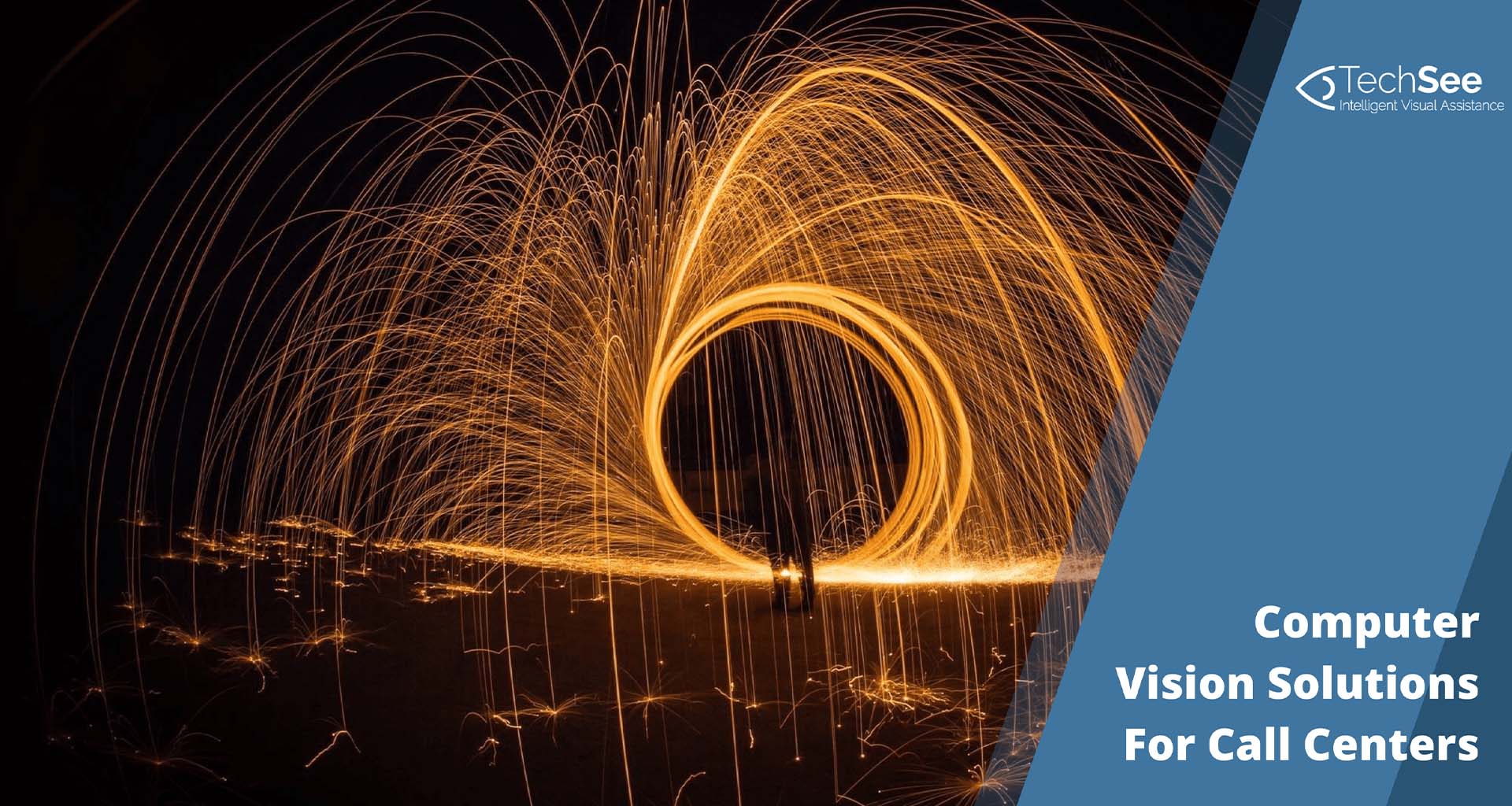Contents
Companies are increasingly exploring various technological ways to meet consumers’ growing demand for better CX, to reduce costs and to alleviate pressure on agents. In this article, we will focus on a computer vision solution for call centers and the benefits of implementing it.
The AI Contact Center Solution
Organizations are often turning to artificial intelligence (AI)-powered contact center solutions. With AI, call centers are equipped with a wide range of voice analytics, enabling recognition of customer, accent, gender, and emotion. In addition, AI powers conversational IVRs and voice based virtual assistants.
Natural Language Processing (NLP) algorithms have enabled AI-powered tools to perform tasks such as:
- grasping context
- powering smart classification
- correct routing of customer inquiries, and
- creating conversational chatbots.
With structured data analysis, predictive analytics can now be performed by extracting information from mass amounts of data and using it to predict trends and future behavior patterns, such as customer churn.
But there is still one missing element that has barred AI from radically transforming the customer experience. What’s the secret sauce in the AI mix that stands at the core of this customer support transformation?
Computer vision.
Computer Vision: Solution for Call Centers?
Understanding how computer vision works and the challenges that need to be addressed when implementing a computer vision solution for contact centers, is vital to ensuring successful implementation.
Computer vision is the science that attempts to give visual capabilities to a machine. Using automatic extraction and analysis, computer vision enables the machine to extract meaningful information directly from an image, and then utilize learned algorithms to achieve automatic visual understanding.
Computer vision is already being utilized in a wide range of applications, for example:
- to recognize faces and smiles in cameras
- to help self-driving cars read traffic signs and avoid pedestrians
- to allow factor robots to monitor problems in the production line.
Using a computer vision solution for call centers helps the computer view and evaluate the problem as a true virtual technician.
Transform Tech Support with Computer Vision Object Recognition
Deep learning-based object recognition offers incredible accuracy that places object recognition as a core technology for the future. This empowers the virtual technician with the ability to see the problem and essentially, to find a rapid resolution.
Object recognition enables the computer to identify technical devices or parts (including the exact device model), such as ports, cables or display panel, the device color, and to be able to distinguish the particular device from others.
In addition, the computer can recognize objects found in a live customer environment; for example, finding the object in a variety of different backgrounds, positions, angles or lighting.
Computer vision is leading the way forward
Computer vision can be utilized to perform as a Virtual Assistant for customer service agents in a contact center, delivering effective decision support during the agent-customer interaction. Considered a hybrid model, the agent’s performance is enhanced by the computer’s ability to quickly identify devices and technical issues, as well as to provide faster resolutions. This has been proven to reduce agent training time and streamline the entire support process.
Computer vision object recognition also enables gradual automation towards full customer self service with device recognition and augmentation.
Using their smartphone, the customer indicates the faulty device, and the virtual assistant can recognize devices, detect motions, and interact in real time with the customer. The virtual assistant uses augmented reality to guide the customer to resolution via a step-by-step process. It’s even able to correct the customer in case of errors, ensuring that the resolution is fully successful.
The Power of Computer Vision and Deep Learning
There have been unprecedented advances in AI over the past few years, contributing to the increasing effectiveness of computer vision solutions for call centers for remote customer care.
The most advanced form of AI, Deep Learning, enables independent learning of massive data sets. Unlike classic methods in which a human expert needs to define features (rules and attributes), deep learning can learn directly from data without human intervention. In some fields, deep learning achieves far greater results than classic machine learning methods.
Computer vision applications and deep learning technologies have driven significant improvements in computer vision accuracy and performance and have enabled an amazing future for virtual technicians.
Strategy for Integrating a Computer Vision Solution for Call Centers
For an enterprise to successfully implement a , specific deep learning challenges must be overcome. An effective strategy must be designed that takes into account the business case, available data, resources and desired output.
Download this white paper on Smart Computer Vision Solution for Call Centers and discover the challenges involved with the AI transformation. Learn the specific steps that businesses must take to successfully execute a deeper implementation of computer vision AI within their call centers and customer care operations.






